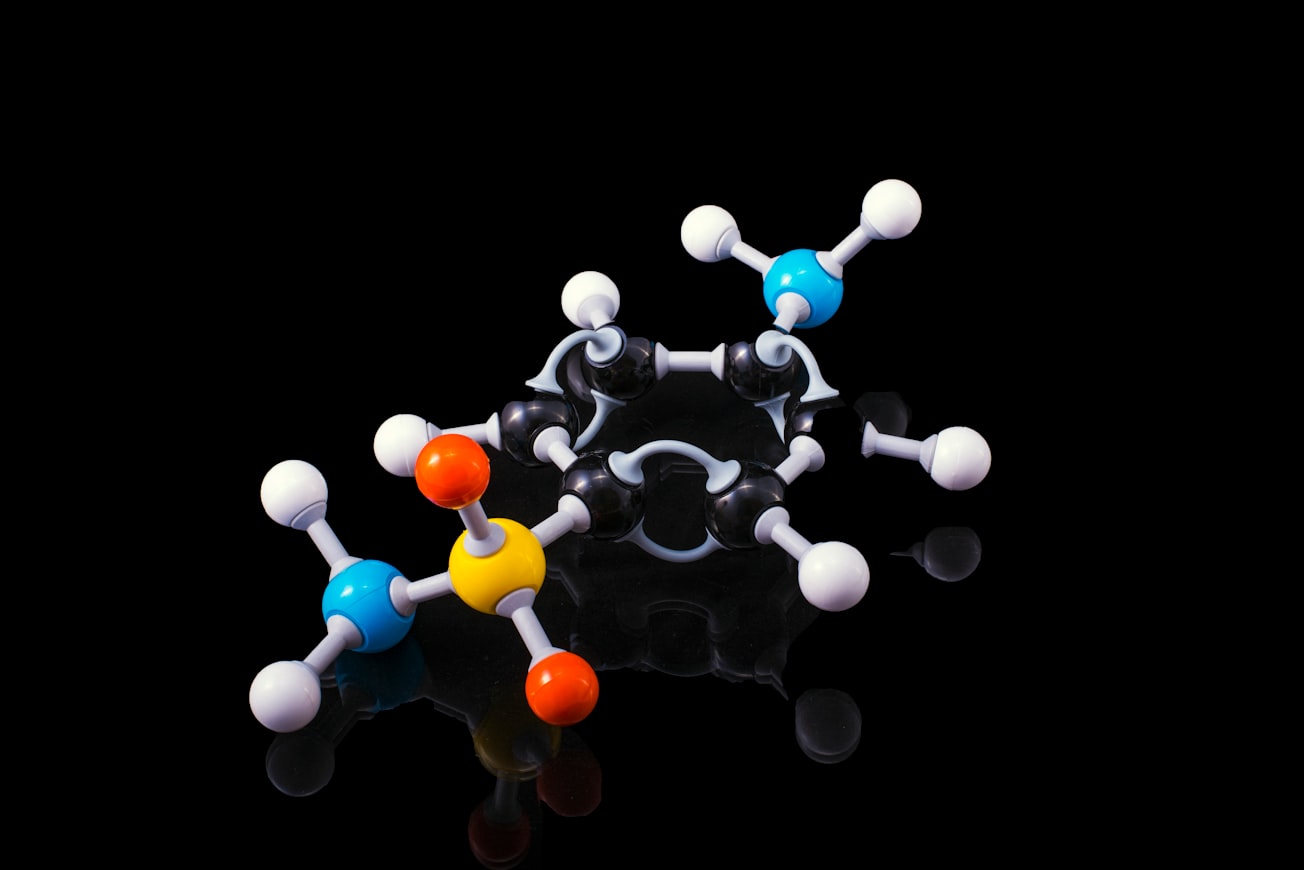What is it about?
Cyclodextrins (CDs) are cyclic sugar molecules bound together in rings of different sizes. CDs have important uses in medicine. They bind to drugs and form complexes that are more soluble in water than the drug alone. In addition, they are used as catalysts in chemical reactions and in food and cosmetics industries. In this study, the authors showed that by using the enzyme, cyclodextrin glucanotransferase (CGTase), new types of CDs can be created from starch. These synthetic CDs do not show up in nature and can be tuned for specific properties. By creating many such new CDs, entire libraries can be made. They found that by using CGTase and a molecular template, the stability and properties of these libraries can be controlled. This can help us synthesize modified CDs by controlling the properties of its sugar units.
Featured Image

Photo by Terry Vlisidis on Unsplash
Why is it important?
Chemical reactions mediated by an enzyme can create libraries of CDs by mixing and matching different sugar molecules. Enzymes that can catalyze many such reactions can be used to make libraries of synthetic CDs. This study shows that, with such an enzyme and a clever design of template, it is possible to control not only the CD size, but also its other properties. This provides us the ability to create tailor made molecules on a large scale. KEY TAKEAWAY: This study proposed a method to create selectively modified CDs using the catalyst, CGTase. The method can open doors to the creation of whole libraries of CDs with controllable properties.
Read the Original
This page is a summary of: Unnatural cyclodextrins can be accessed from enzyme-mediated dynamic combinatorial libraries, Chemical Communications, January 2022, Royal Society of Chemistry,
DOI: 10.1039/d1cc06452e.
You can read the full text:
Contributors
The following have contributed to this page









